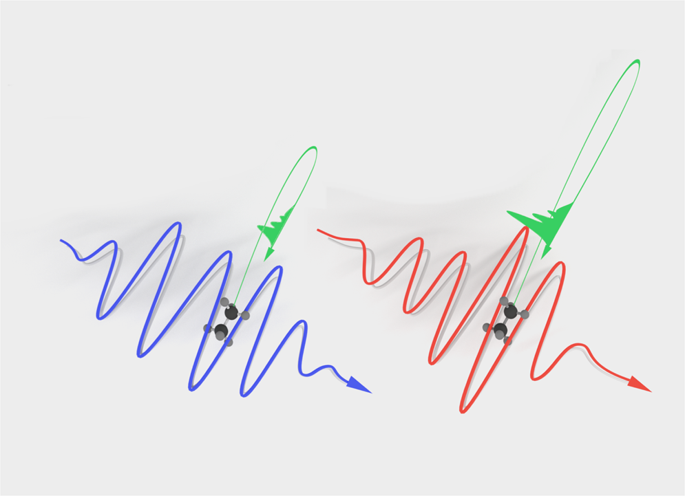Communications Physics ( IF 5.4 ) Pub Date : 2020-02-13 , DOI: 10.1038/s42005-020-0297-3 Shuai Li , Diego Sierra-Costa , Matthew J. Michie , Itzik Ben-Itzhak , Marcos Dantus

|
Intense laser pulses lasting a few optical cycles, are able to ionize molecules via different mechanisms. One such mechanism involves a process whereby within one optical period an electron tunnels away from the molecule, and is then accelerated and driven back as the laser field reverses its direction, colliding with the parent molecule and causing correlated non-sequential double ionization (NSDI). Here we report control over NSDI via spectral-phase pulse shaping of femtosecond laser pulses. The measurements are carried out on ethane molecules using shaped pulses. We find that the shaped pulses can enhance or suppress the yield of dications resulting from electron recollision by factors of 3 to 6. This type of shaped pulses is likely to impact all phenomena stemming from electron recollision processes induced by strong laser fields such as above threshold ionization, high harmonic generation, attosecond pulse generation, and laser-induced electron diffraction.
中文翻译:

电子碰撞和分子非顺序双电离的控制
持续几个光学周期的强激光脉冲能够通过不同的机制使分子离子化。一种这样的机制涉及一种过程,其中在一个光学周期内,电子从分子中隧穿而出,然后随着激光场反转其方向,与母体分子碰撞并引起相关的非顺序双电离(NSDI),被加速并被驱回。 。在这里,我们通过飞秒激光脉冲的光谱相位脉冲整形来报告对NSDI的控制。使用成形脉冲对乙烷分子进行测量。我们发现,整形脉冲可以增强或抑制由电子再碰撞引起的指示的产量增加3到6倍。











































 京公网安备 11010802027423号
京公网安备 11010802027423号